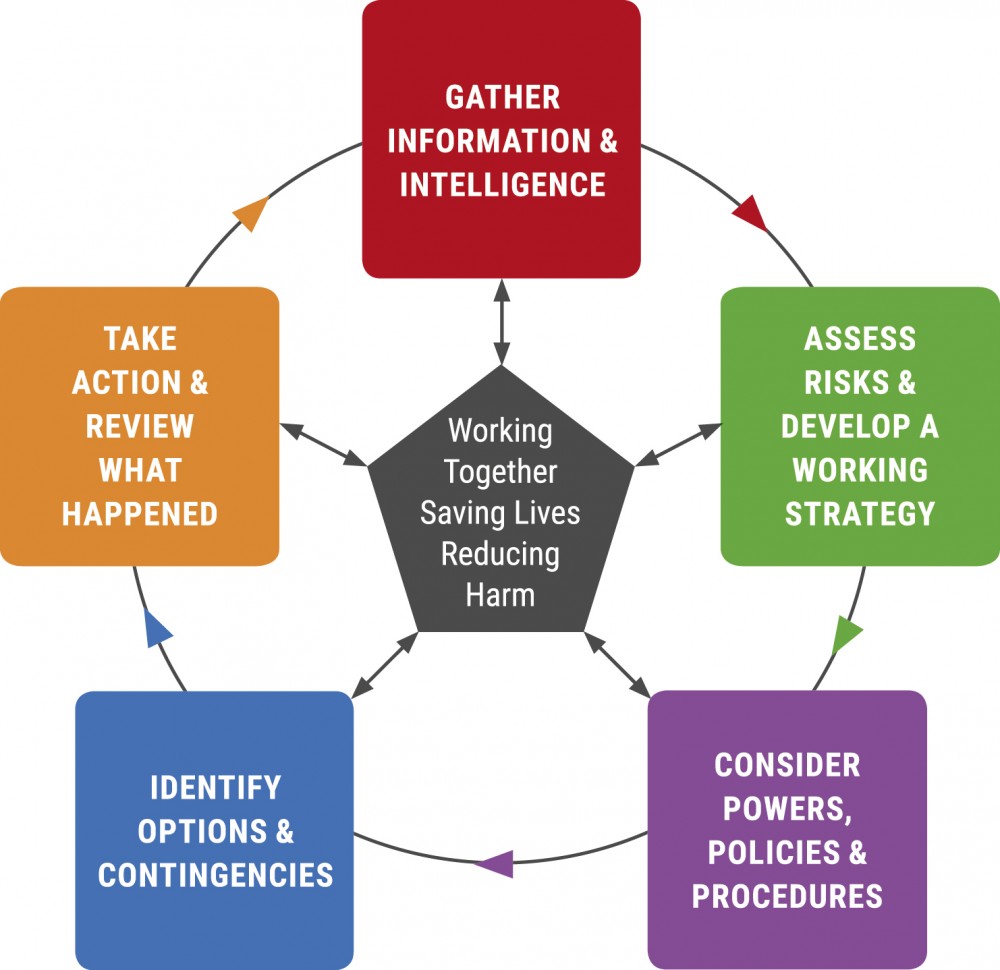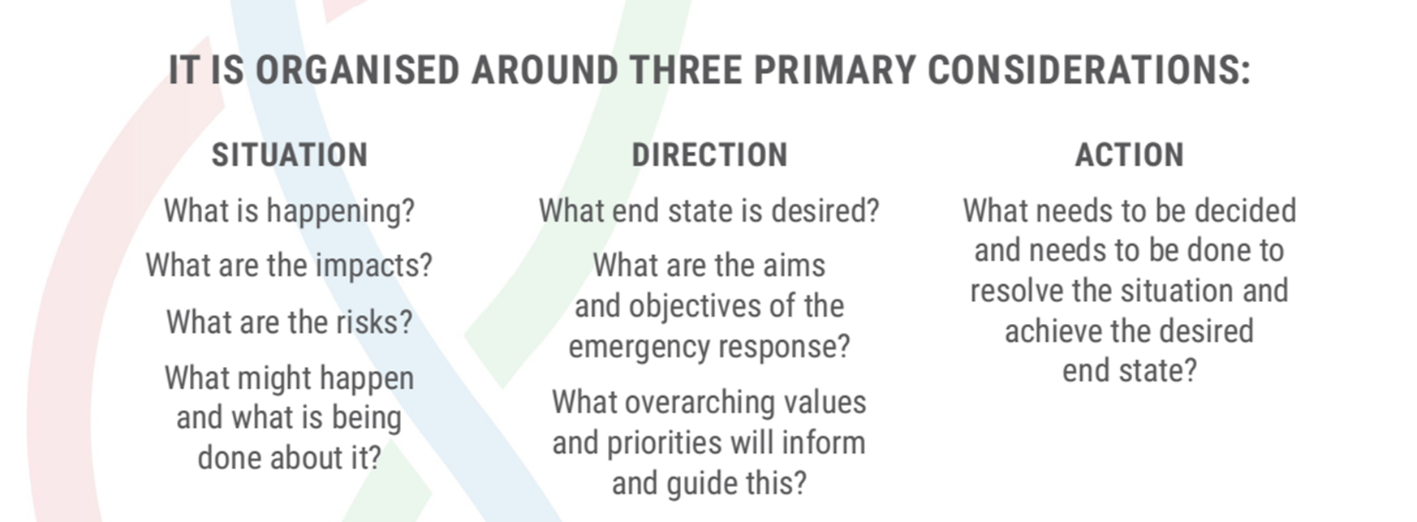
A current pandemic, associated social restrictions, mass disruption to our work and a marked increase in phishing attacks which seek to exploit vulnerabilities whilst many of us adapt to working from home are most certainly putting us into unprecedented times!
Many of us have never encountered a pandemic of this scale in our lifetimes and very few of us have been the victim of a cyber-attack, either in the workplace or at home. For many responder organisations, this may be new ground as pandemic response and business continuity plans have been tested and adapted in lightning time to meet organisational needs and to maintain critical services.
We are not managing ‘usual’ major incidents; the physical, visible and often singular crashing, collapsing, flooding, burning, rioting, shooting, stabbing type of events that we are organisationally familiar with, experienced and practised. Pandemics and Cyber present different challenges to us in that the threat, the virus, is not overtly visible to us whilst the impacts are devastatingly visible.
Let’s push ‘pause’ and reflect momentarily; organisational and personal resilience is in our ability to absorb, adapt, respond and recover from crises, and as a nation we are doing this in spades. Responder organisations continue to adapt and respond to the current pandemic with perhaps half an eye on recovery. The need for discipline of structure and process in accordance with Joint Doctrine is critically important in managing the unusual in the usual way.
I draw a comparison with cyber-attacks because those colleagues in public sector responder organisations who have experienced significant cyber incidents, and the mass disruption this causes to business and staff, reflect that use of key tools such as the Joint Decision Model (JDM) helped them to make robust and defensible decisions with the information and intelligence they had available at that time. Using JDM allowed them to make quality decisions in a rapidly evolving scenario, persistent uncertainty and a lack of organisational experience in managing incidents of this nature.
So why have I highlighted ‘robust and defensible’ and ‘available at that time’? At this current moment responder organisations cannot be all things to everybody in delivering services, they are focused of course in maintaining critical services. The quality of difficult decisions that responder organisations are making relies on the quality of collective rationale. How good are we at recording rationale at that moment in time as events continue to evolve? An administrative irritation in the face of far more pressing priorities perhaps?
The truth is that your rationale is also your organisational (and individual) insurance and assurance, not your decision. Your decision is a product of good rationale, so why wouldn’t you record that alongside your decision? Recording your rationale behind decisions provides you with a timeline of good decision making with the information and intelligence that was available to you at that time, and it paints an accurate picture over time.
Good use of The Joint Decision Model at this current time by organisations is an example of ‘discipline of structure and process’ that I referred to at the beginning of this article. It is organised around three primary considerations: Situation – Direction – Action.
In the current pandemic, It may be equally important to justify why we did not do something as well as why we did do something. The reality is that we do not always make right decisions, but we can always make justifiable decisions with the information and intelligence that was available to us at that time. This is a subtle yet very important difference.


Media scrutiny of the COVID-19 pandemic is huge with the use of social media growing exponentially as we continue to work from home. The accountability of organisations in delivering critical services is immense.
We can’t be all things to everybody in a crisis. JDM is an easy-to-use tool that allows you to prioritise and make those key decisions within a climate of ambiguity. So, try to invest a little time in recording your rationale; you won’t regret it.
A few tips:
• Use the JDM wheel as your meeting agenda
• Move to each section in order of flow and record key points under each section. As you move through the model you are formulating your rationale
• Resist your inclination to jump straight into solution mode! Using JDM is a quick process and you will get to Actions in a far better place
• Keep your decision-making logs for debriefing, organisational learning and post incident scrutiny
• Using JDM is equally important in the recovery phase
Find the Joint Decision Model (and many other resources) on the JESIP website here.